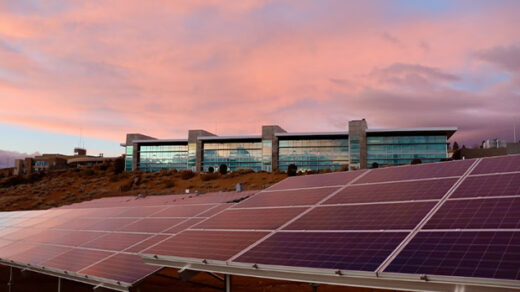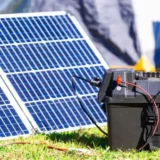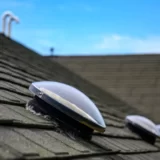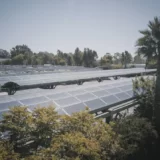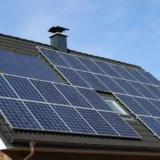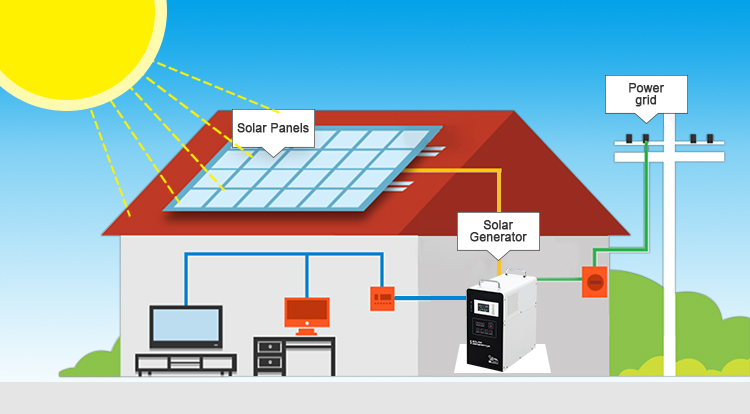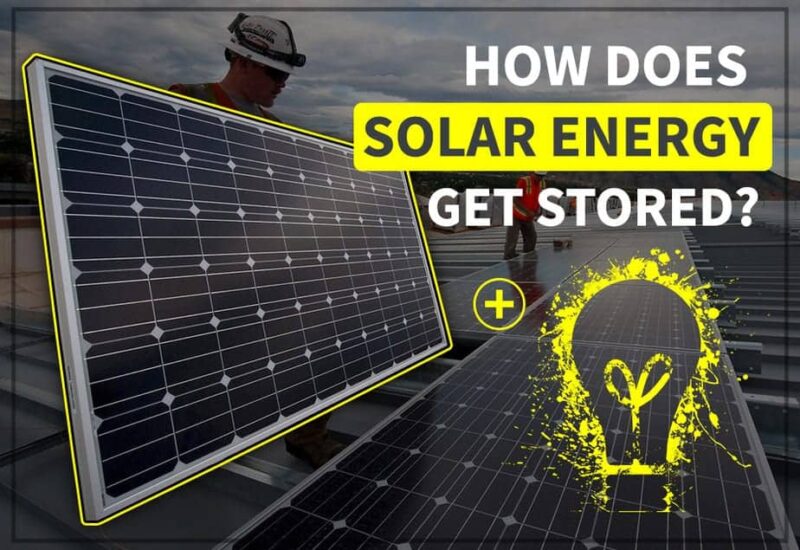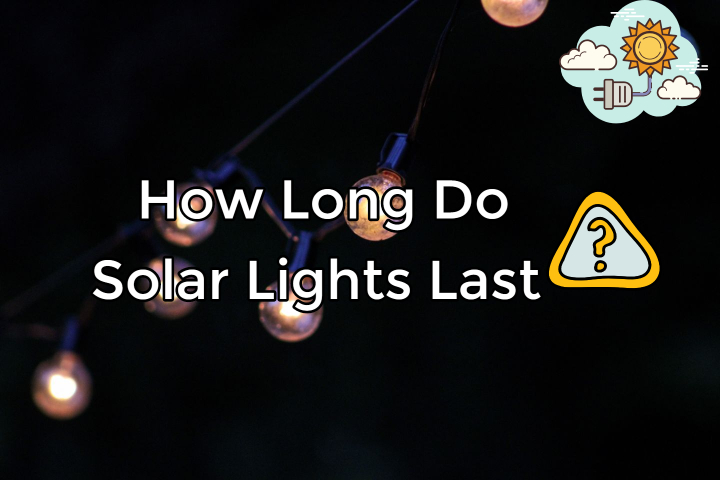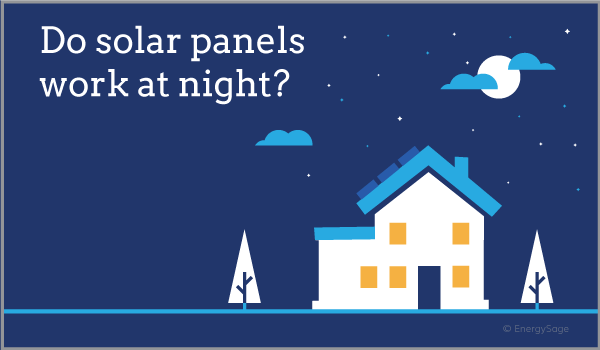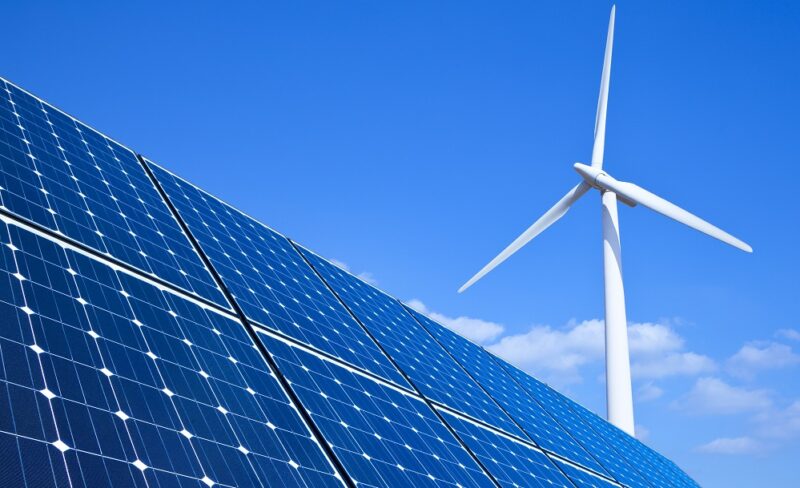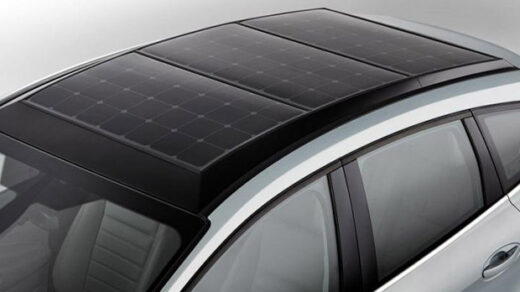In the agricultural sector, there was a 60% increase in solar energy use between 2012 and 2017. Renewable resource adoption by farmers and ranchers has resulted in lower electricity costs and a smaller carbon footprint.
We will see further expansion in the renewable energy sector in 2022.
Therefore, if you are considering investing in solar, the time is now. Everything you need to know about selling solar panels, including the why, the how, and the where, will be covered in this guide.
Let’s begin.
Table of Contents
Why Should We Selling Solar Panels?
The rate of solar installations has been steadily rising over the past ten years, according to the Solar Energy Industries Association (SEIA). Check out these 3 benefits of entering the solar industry:
Reason 1: Solar Is Leading In New Electric Capacity Additions
Solar power accounted for 43% of all new electric capacity added to the grid in 2020. The second year in a row that solar has added the most capacity to the grid in comparison to other sources, this is the largest share in history.
And it’s not an accident. In the past eight years, solar has ranked first or second in new electric capacity additions, increasing its share of the total U.S. electrical generation from just 0.1% in 2010 to nearly 4% today.
Reason 2: Falling Prices Equals Growth
Cost has been one of solar’s biggest detractors over the last few decades. But everything changed from there. Over the past ten years, the cost of installing solar has decreased by more than 70%, encouraging the industry to grow into new markets and install thousands of systems throughout the United States.
In particular, the price of an average-sized residential system has decreased from $40,000 in 2010 to roughly $20,000 in 2018 (both prices are before incentives). And current utility-scale costs range between $16 and $35 per MWh, making solar power competitive with all other types of electricity production.
Reason 3: It’s Now A 50-state Market
With more than 8 million homes using solar energy, California has long dominated the solar market. However, other markets are growing quickly, and in 2020, states outside the U.S. had their largest market share in the past ten years.
Rapid growth in Texas and Florida, according to data from the SEIA, is what has caused this change. Texas actually holds the top spot in terms of growth projection right now, with 26,995 MW expected to be added over the next five years.
Florida comes in third (just behind California), with 12,046 MW of growth anticipated over the following five years. More and more states are anticipated to increase their market share as prices continue to decline.

How To Sell Solar Energy?
If you’re unsure of where to begin because of these factors, here are five steps you should take right away.
1. Learn Why People Buy Solar Panels
There are a few primary reasons why people choose to purchase solar panels. First, there are financial benefits in the form of lower electricity bills.
The typical electric bill in the United States is between $100 to $200 per month so that’s a lot of savings. And as solar energy becomes more affordable, more and more consumers are making the switch.
Government subsidies and incentives are yet another powerful motivator. The federal solar tax credit is currently worth 26% of the total cost of installing solar, including labor and equipment. Therefore, based on the current average price of panels, the typical homeowner can anticipate receiving a tax credit of $4,000 to $6,000.
In addition, 10 states provide state solar tax incentives that consumers can use in addition to the federal tax credit, offering an additional $1,000 to $6,000 in savings. Currently, these states are Arizona, Hawaii, Idaho, Iowa, Massachusetts, Montana, New Mexico, New York, South Carolina, and Utah.
2. Decide Your Customer
You must choose whether you want to sell to residential or commercial customers.
Here are a few things to think about:
- Project duration: Flat commercial roofs typically require less complicated installation. The installation of commercial roofs, however, can take anywhere from a week to several months because they are typically much larger. Typically, residential panels are completed in one to two days.
- Ownership of real estate involves some complexities that are absent from the residential market when it comes to commercial properties. These range from the simplest to the most complicated, and include owner-occupied buildings, single-tenant buildings, and multi-tenant buildings.
Because the building owner, who can make purchasing decisions and benefits from a lower electric bill, is also the building’s occupant, owner-occupied buildings are the most straightforward commercial solar projects.
In conclusion, be aware of the dynamics you’ll encounter when selling to various groups and select the one(s) you’re best suited to.
3. Get Certified And Register Your Business
It’s crucial to first comprehend the distinction between certification and licensing.
Although certification is optional, licensing is something that is mandated (by some states). As a result, you must obtain a license before starting your business if you’re operating in a state that does (you can check this in the database).
You should think about getting certified to set your company apart from the competition whether or not you need to get a license. The top certification body in the solar industry is thought to be the North American Board of Certified Energy Practitioners (NABCEP).
Installers must also pass a test, agree to a code of ethics, and complete continuing education courses to be recertified every three years in order to achieve NABCEP certification. Additionally, you must document all training and installations, and the level of experience required varies depending on the type of certification.
According to the NABCEP, becoming certified can increase your earning potential by an average of more than $11,000 per year, in addition to demonstrating your expertise (or possibly because of it).
Additionally, you should register your company with the Secretary of State’s office, a Business Bureau, or a Business Agency in your state. According to the SBA, registering your business name with state and local authorities is typically all that’s required for most small businesses. Some states let you register online, while others require that you mail or personally deliver paper documents.
4. Know The Quantity Of Panels Your Customer Needs
The size of your customer’s roof, how much electricity they use, and how much sun their roof receives will all influence how many panels they need. Therefore, before you can advise them on how many panels they will need and where to install them, you must take a close look at the roof.
Traditionally, roofers and solar panel installers had to get their ladder and climb the roof to take measurements and calculate shade by hand. And while this still works, it’s not the best tactic in terms of speed, safety, cost, or accuracy.
Instead, a lot of solar installers are utilizing remote technology, such as aerial imagery provided by EagleView (yep, that’s us), which enables them to view the roof from a bird’s eye perspective without ever having to set foot on the property.
The two biggest trends affecting the solar installation market today, according to Titan Solar Power CEO David Williamson, are remote processes and technological adoption. We can develop designs and plan sets much more quickly without having to enter the property by using EagleView’s consistently accurate reports to stay ahead of these trends.”
One benefit of aerial imagery is that when inspectors climb a roof with a handheld shade calculation device, they typically gather data from 15 to 30 measurement points. However, using EagleView’s remote technology, virtual inspections can capture 13,000 to 15,000 measurement points for shading data, far exceeding industry standards.
You can quickly, accurately, and confidently estimate the number of panels homeowners need when you have access to this kind of precise data.
5. Know Where You’ll Be Getting Your Supplies From
To obtain your supplies as a solar installer, you’ll need to build relationships with distributors.
Solar distributors typically come after solar panel producers like Panasonic and SolarEdge in the supply chain., and solar installers.
Individual solar installers don’t need to carry a lot of inventory because distributors store and deliver equipment as needed by residential and commercial contractors. Instead, solar installers can hold off on making the necessary purchases until a homeowner starts a project.
All different kinds of solar installers, including residential, commercial, and utility-focused ones, are sold to by the major solar distributors. some of the largest distributors in the U.S. include BayWa r.e., Wesco, and CED Greentech.
Related Reading: Is Solar Energy Kinetic Or Potential?
Where To Sell Solar Energy?
It’s time to approach customers now that you understand the what, why, and how. Here are 5 excellent locations to sell solar panels.
1. Door-to-door
Despite the fact that it may seem a little archaic at first, going door to door is a great way to begin selling solar.
As an illustration, consider Vivint, a home security provider. Vivint entered the solar market back in 2013 and quietly accumulated a 9% share of the U.S. by canvassing entire neighborhoods door to door. residential solar installation market in just two years.
One of the reasons knocking on doors is so successful is that your salesperson can see the homeowner’s roof and respond to any questions they may have in real time.
The ability to see the roof also allows your salespeople to focus on “roofs with promise.”” Matt Fox, an experienced solar salesman from California, explains that a potential customer should have a roof that isn’t in bad shape, isn’t overly shaded, and doesn’t have too many vents.
“What you need is a big, open plane without many obstacles, he told Sierra, the Sierra Club’s national magazine.
2. Local Media Such As Google And Facebook Ads
Online solar sales can also be made through Facebook and Google ads. You can publish advertisements targeted at solar buyers using these platforms. You can accomplish that by utilizing the tools listed below in Google Ads:
- Users who have been looking for goods and services similar to yours will see your ads when they are in-market.
- Remarketing: Find users who have already interacted with your ads, website, or app and target them to show them your ads more frequently.
- Display ads to users who are searching on Google for certain words or phrases, such as “solar panel companies near me.”
- Topics: Target advertisements to various pages about specific topics (such as solar energy). Reaching a wide variety of pages on the Display Network is made possible by topic targeting.
- Placement: Display ads on particular websites that customers are likely to visit (like directories).
People who are most likely to find your ads relevant will automatically see them on Facebook. With three audience selection tools, however, you can more precisely target the delivery of your ads.
- Core Audiences: Establish a target audience using factors like age, interests, and location.
- Custom Audiences: Reconnect with clients who have previously interacted with your company, either online or off.
- Find new people whose interests are comparable to those of your best clients by using “lookalike audiences.”
3. Targeted Online Communities
Nowadays, you can search online for groups of people with similar interests in almost any field or industry, including solar energy. These solar communities are excellent places for solar companies to soft sell their products.
Since they are eager to use it, the residents of these communities are already convinced of the benefits of using solar energy to produce electricity. This means that selling to them is usually simpler because you don’t have to convince them that solar energy is a good idea in the first place. Instead, you can concentrate on the advantages that your particular company has over the competition.
Getting involved in the communities and offering your knowledge and insight without charge is one of the best ways to implement this strategy. They’ll likely think of you then when members are prepared to install or when someone asks for a recommendation. You can also get in touch with members of these groups directly if they post queries like “Does anyone know a good solar installer near me?””
You can check out the following list of well-known online discussion forums:
- Solar Panel Talk
- Simply Solar
- EcoRenovator
- Homesteading Today
- Green Building Advisor
- Field Lines | Other Power
- Energy Matters
- Power Forum
4. Facebook Groups For Homeowners
There are two ways you can utilize Facebook groups. The first is to get involved with existing homeowner organizations that are focused on solar energy, which is essentially the same tactic as what was discussed in the section before about joining online communities.
Starting your own Facebook group is the second option. With this strategy, you’ll want to take extra care to avoid trying to sell your product because it’s your own group. By using this tactic, you are thinking long term.
In light of this, you ought to limit your posting to useful and pertinent information, questions, and advice. To assist group members in finding solutions to their issues without coming across as blatantly sleazy or pushy.
5. Customer Referrals
Existing clients are a great place to start when trying to increase sales, as with any business. Furthermore, repeat customers are typically more motivated to recommend large, expensive products like solar panels.
People must invest a significant amount of money to install the panels, so they will be driven to recover as much as they can. Additionally, if you make it worthwhile for them, repeat customers and referrals may result from the long-term relationships that existing clients have with your business.
Discounts and cash rewards are excellent motivators, especially when you offer tiers of rewards for sending numerous solar leads. Customers are more likely to refer more business your way if they know they will receive more compensation for each one.
How Are Neighborhood Benefited From Community Solar?
When the grid uses solar energy, the extra electricity feeds back into the grid and lessens the need for infrastructure upgrades.
Due to transmission-line congestion in the absence of solar energy, rolling blackouts may occur on occasion.
With community solar, unwelcome outages caused by maintenance and upgrades become less frequent.
Our grid ages and is more sensitive to stress.
Stronger storms and hotter summers brought on by climate change continue to endanger the electrical grid.
The system might collapse in the event of a severe weather event.
This not only causes a serious inconvenience, but it also puts the neighborhood in danger.
In order to run our refrigerators and other appliances, we need energy, heat, and air conditioning.
The grid may be threatened in addition to by weather-related events by terrorism and cyberattacks.
It would cost billions of dollars to update the system.
There is less chance that the system will malfunction under any given circumstance if the grid is powered by additional energy sources, such as solar energy.
Solar power produces no toxic emissions when used to power your home.
As a result of burning fossil fuels, it also cuts down on pollution.
This safeguards not only the families in your neighborhood but also your family, the animals, the crops, and other living things.
Healthcare costs are lower in communities with better health.
The energy supply is diversified by solar power, and it also contributes to uniform, reasonable pricing.
Likewise, as the industry expands, more jobs might become available in your neighborhood.

